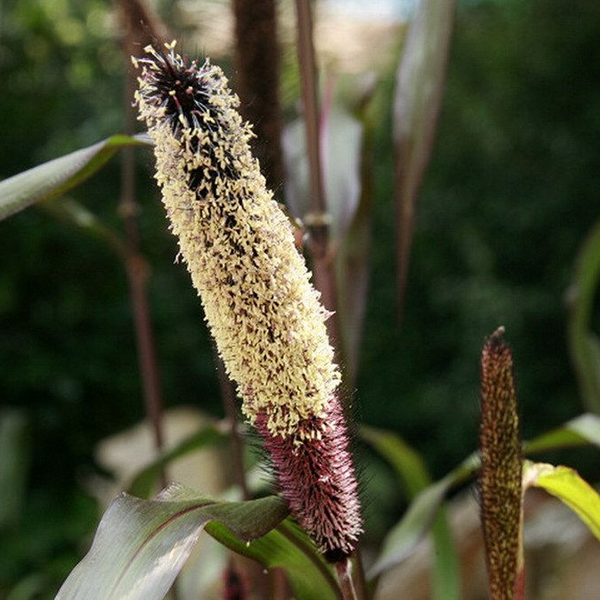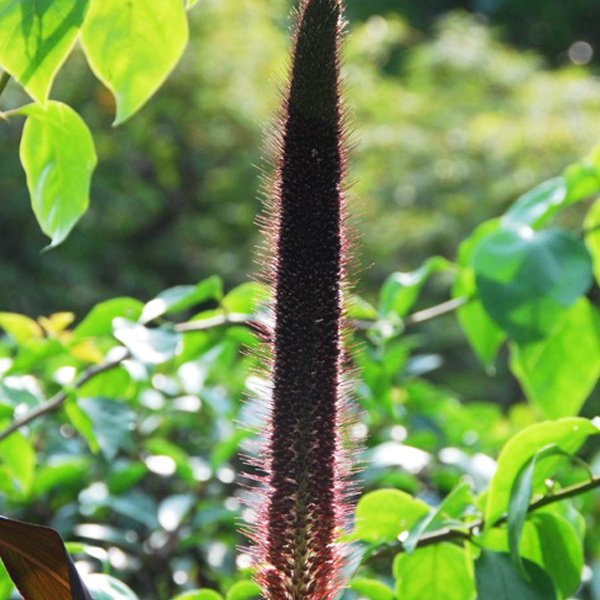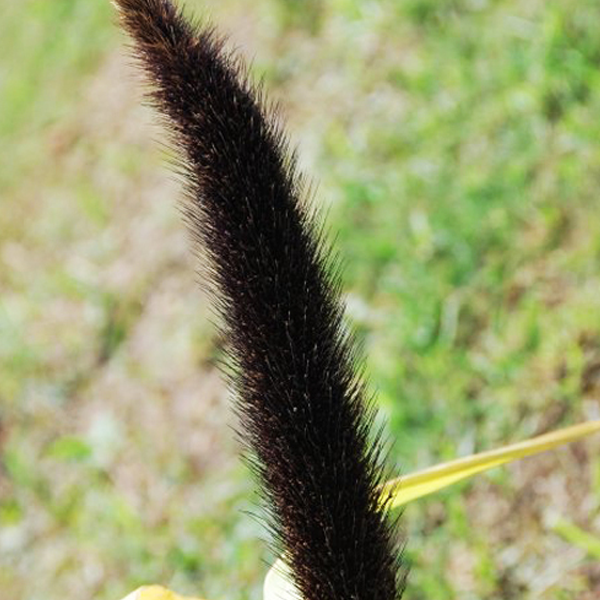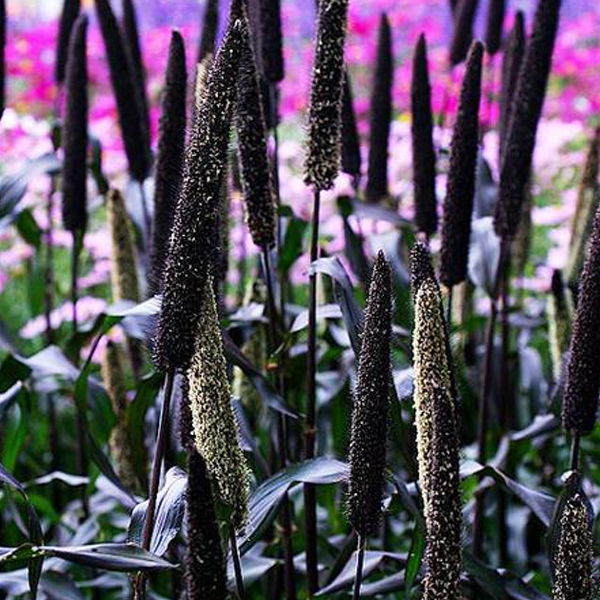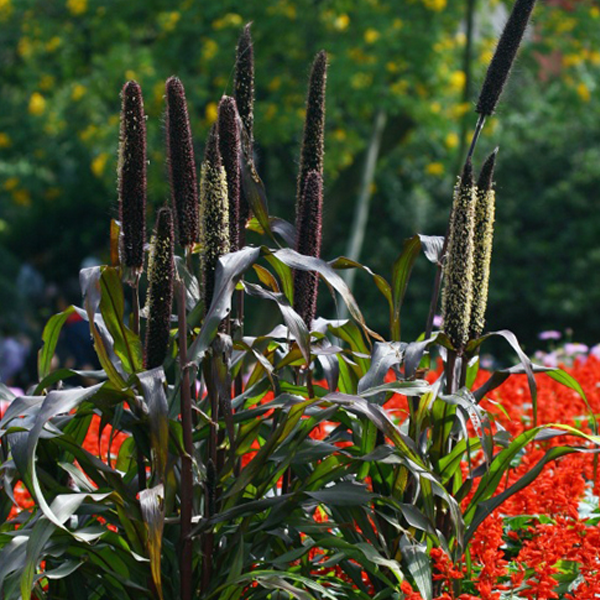- Historical context: Impatiens walleriana, commonly known as Busy Lizzie, is a species of flowering plant in the family Balsaminaceae. It was named after Horace Waller, a British missionary and anti-slavery activist.
- Geographical origination: This plant is native to East Africa, specifically Kenya, Tanzania, and Mozambique.
- Relevant cultural significance: Impatiens walleriana has been widely cultivated as an ornamental plant due to its vibrant flowers and ease of growth. It is a popular choice for gardens, hanging baskets, and window boxes.
- Time period of discovery: The species was first described in the 19th century.
- Original habitat: It thrives in the understory of tropical forests, where it enjoys shaded and moist conditions.
- Notable historical uses: Primarily used for ornamental purposes, it has been a favorite in horticulture for its colorful blooms and ability to thrive in shaded areas.
- Ideal temperature range: Impatiens walleriana prefers temperatures between 60-75°F (15-24°C).
- Soil type: It grows best in well-draining, fertile soil rich in organic matter.
- Sunlight requirements: Partial shade to full shade is ideal. Direct sunlight can cause the leaves to scorch.
- Watering needs: Keep the soil consistently moist but not waterlogged. Regular watering is essential, especially during dry periods.
- Planting season: Planting is best done in the spring after the last frost.
- Germination time: Seeds typically germinate within 14-21 days.
- Growth cycle duration: Impatiens walleriana is a perennial in its native habitat but is often grown as an annual in temperate climates.
- Common pests and diseases: Common issues include downy mildew, aphids, and spider mites. Proper spacing and good air circulation can help prevent fungal diseases.
- Companion planting advice: Impatiens walleriana pairs well with other shade-loving plants like hostas and ferns.
- Common challenges and solutions: Overwatering can lead to root rot. Ensure proper drainage and avoid waterlogged conditions. Downy mildew can be a significant problem; selecting resistant varieties and maintaining good air circulation can help mitigate this.
- Nutritional values: Not applicable as Impatiens walleriana is not typically consumed.
- Health harvesting information: There are no significant medicinal uses for Impatiens walleriana.
- Culinary uses: None, as the plant is not edible.
- Medicinal uses: There are no well-documented medicinal uses for this plant.
- Other unique advantages: Ornamental Value: The primary benefit of Impatiens walleriana is its ornamental value. It provides vibrant color to shaded garden areas and is easy to grow, making it a favorite among gardeners.
